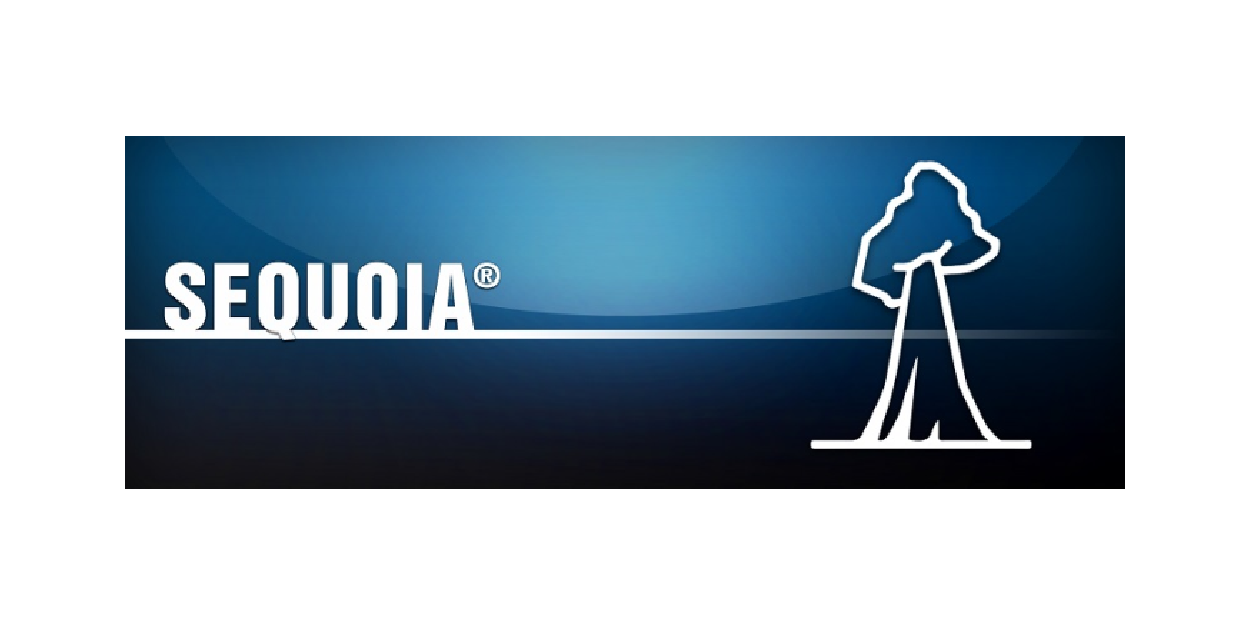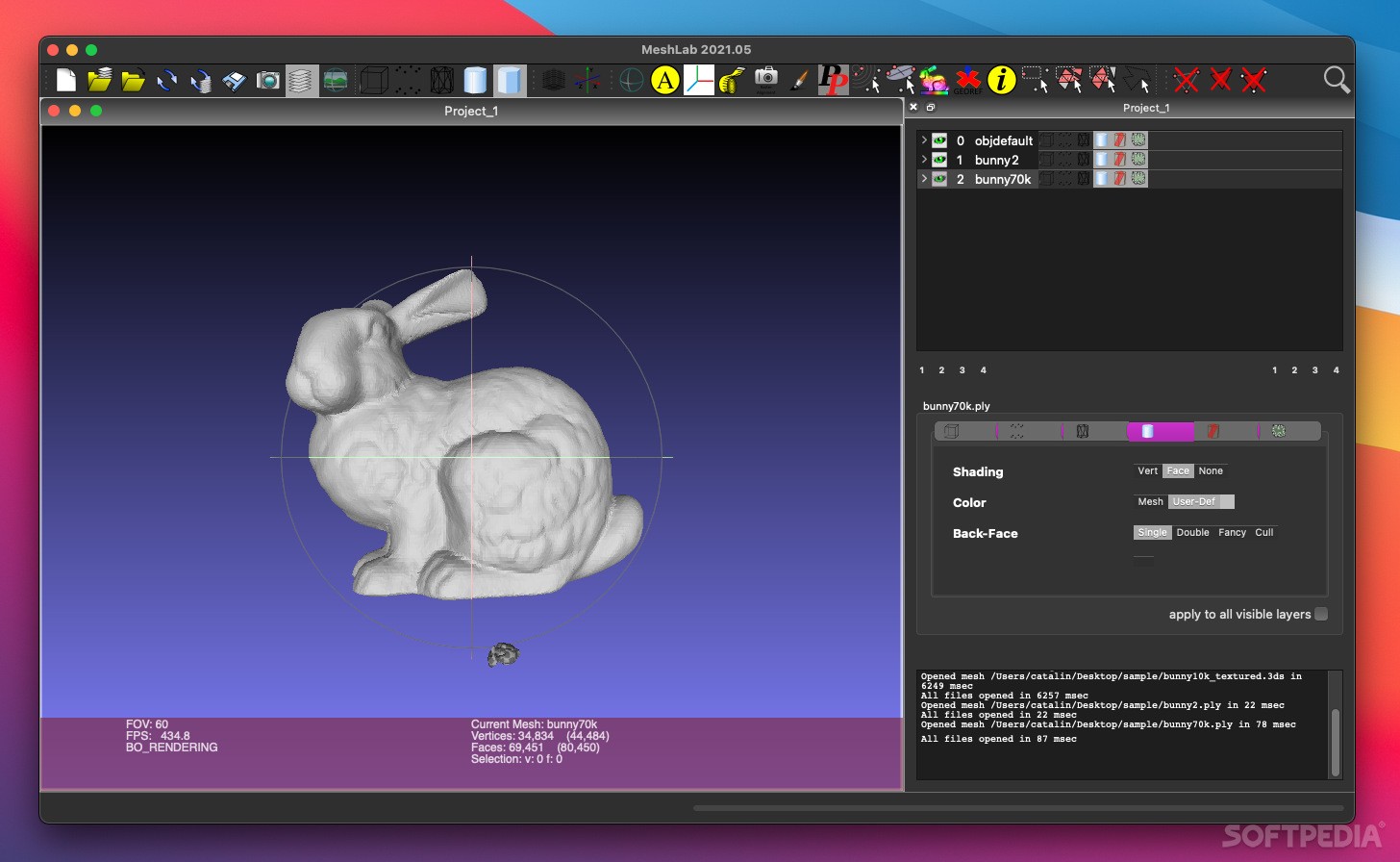


MeshLab evolved into a free, open-source software for processing and editing 3D triangular meshes. The goal of this 2005 project was to build a solution for processing 3D models after 3D scanning. This cross-platform 3D print and modeling software started as an assignment for students of the University of Pisa. MeshLab, as the name suggests, is an advanced mesh editor. With it, you’ll be able to create models with an insanely high polygon count - one of the key features responsible for great-looking prints.
#MESHLAB LOGO FREE#
There are 3D printer CAD software solutions better suited for accurate measurements that engineers or industrial designers will prefer.īlender is also brilliant free CAD software for artists. However, it isn’t intended for engineering industrial parts that require a high level of precision.
#MESHLAB LOGO HOW TO#
Resolving these issues before printing is vital, and Blender will show you how to fix them.īlender is fantastic for designing both organic and nonorganic models and for printing. The most common problems are undefined geometry in mesh intersections, overhang, and thin walls. The add-on will show you any issues with your model and which points need to be fixed before printing the file. This add-on calculates your model’s overhang and volume and detects if the model’s mesh needs repairing before printing. One such add-on is the 3D Print Toolbox that makes Blender the best software for 3D printing with advanced features. Thanks to Blender’s open-source nature, plenty of community-created add-ons that further expand and improve its functionality are available. This will come naturally to advanced users of CAD software, since they almost exclusively rely on the keyboard instead of using program menus. As you grow accustomed to it, you’ll likely start to lean a lot on keyboard shortcuts to speed up your modeling process. If modeling software for 3D printing interests you, then this is the perfect solution for you.īlender’s user interface can be overwhelming for 3D modeling novices.
#MESHLAB LOGO FULL#
This amazing software package can do a lot of things apart from 3D printing: It’s full to the brim with software tools for modeling, rendering, sculpting, animation, rigging, rendering postproduction, 2D drawing, simulation, pipeline integration, video editing, and scripting, which is why it’s often favoured by indie video game developers. Fortunately, Blender has a dedicated community willing to help out and plenty of learning materials online, such as video tutorials and helpful literature. However, it’s not easy to master, and beginners will need to invest a considerable amount of time and effort to overcome the steep learning curve. It’s a piece of open-source software that combines multiple advanced features you’d expect from software like 3D Studio Max or Maya. For example loading multiple georeferenced models into Meshlab at a later date to view their relationships, upload a georeferenced model to SketchFab so that is is properly scaled, and to create a stand alone scaled deliverable for a client or colleague that may use different 3D software.Blender is some of the most popular and powerful modeling programs out there, and it’s often lauded as the best design software for 3D printing.

There are numerous reasons I would benefit from the mesh itself being georeferenced. I've tried simplifying the coordinates (removing the leading digits on the UTM coordinates to emulate a smaller scale coordinate system) that I read can help if the coordinates are larger than the software is anticipating. I've exported the georeferenced mesh as OBJ and PLY but when importing into a new Meshlab project the model is no longer georeferenced. However, my expectation based on the way GIS works and based on how I figure scaled models should be exchangeable between software suites is that there is some way to write the georeferencing information to the mesh itself (rather than saved in the Meshlab project file). And when I save the project and reopen it the mesh displays as georeferenced. I am using a text file of coordinates and the georeferencing dialog in Meshlab to georeference the mesh using the "pick a point on moving" method. I have an OBJ file of an archaeological site that I generated using photogrammetry software that is not georeferenced. I've found plenty of good tutorials for georeferencing in Meshlab online, but I haven't found one that discusses exporting the mesh with embedded coordinates to move to another software package with the benefit of the georeferencing. I am coming from a GIS background, so I believe my assumptions on how this should work are preventing me from succeeding with 3D software. I am struggling to understand Meshlab's and 3D mesh file's relationships to georeferencing.


 0 kommentar(er)
0 kommentar(er)
